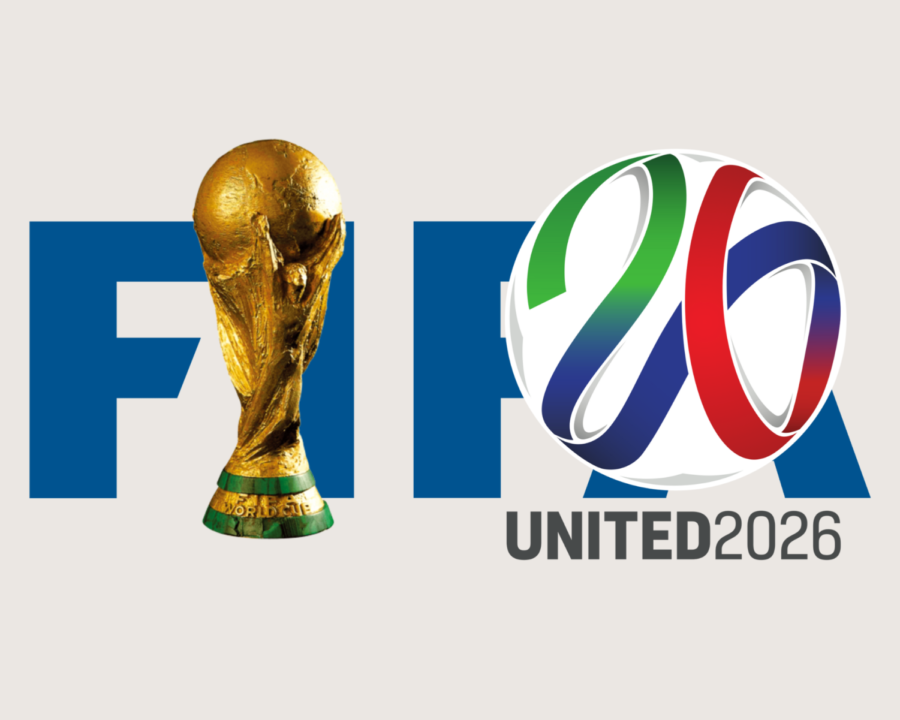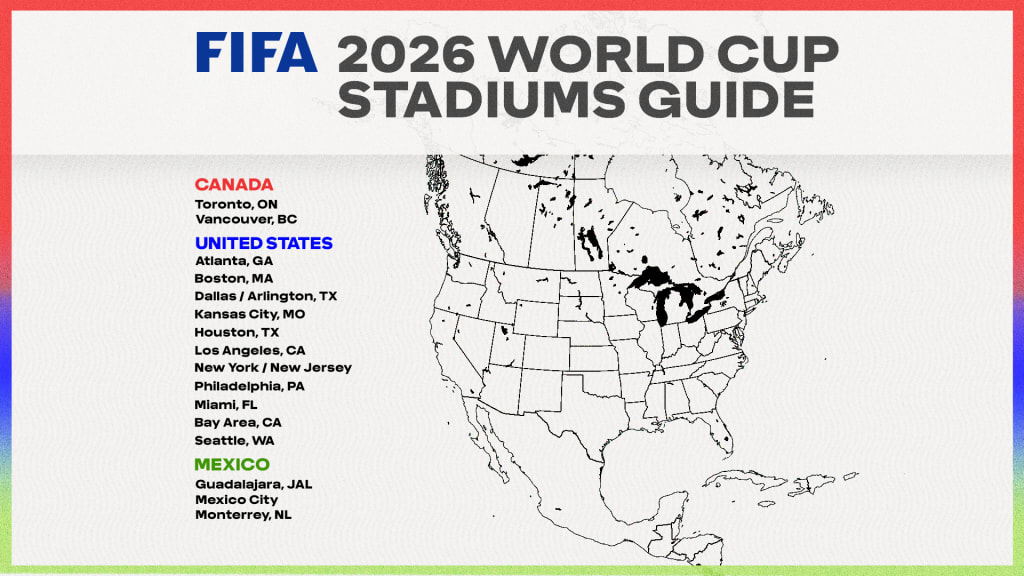Discover all the essential information regarding the 2026 FIFA World Cup Schedule, encompassing comprehensive details on venues, format, and expansion, in the article provided below.
Introduction to the 2026 FIFA World Cup
The 2026 FIFA World Cup, also known as FIFA World Cup 26, is set to be the 23rd edition of the quadrennial international men’s soccer championship organized by FIFA member associations. Scheduled to occur between a date in June and July 19, 2026, the tournament will be jointly hosted by 16 cities across Canada, Mexico, and the United States. This will mark the first time in history that the World Cup is hosted by three countries simultaneously, and the first time in North America since 1994. As of now, Argentina holds the title of current champion.

The upcoming tournament will mark a significant change as it will be the first time that 48 teams will participate, an increase from the previous 32. In a decisive vote at the 68th FIFA Congress in Moscow, the United 2026 bid emerged victorious over Morocco’s candidacy. This World Cup will also be notable for being hosted by multiple countries, a departure from the single-host format since 2002.
Mexico will make history by becoming the first country to host or co-host the men’s World Cup for the third time, having previously hosted the championships in 1970 and 1986. The United States, on the other hand, last hosted the World Cup in 1994, while Canada will have the honor of hosting or co-hosting the men’s event for the first time ever. Following the 2022 edition in Qatar, which was held in November and December, the tournament will revert to its traditional summer schedule in the northern hemisphere.
2026 FIFA World Cup Schedule’s Format
The upcoming FIFA World Cup will see a significant change with 48 teams participating, marking a 16-team increase from previous tournaments. Following approval by the FIFA Council on March 14, 2023, the teams will be split into 12 groups of four, with the top two from each group and the eight best third-placed teams advancing to a round of 32. This adjustment represents the first modification to the competition’s format since 1998.
The total number of matches played will jump from 64 to 104, and teams reaching the final four will now play eight games instead of seven. The tournament’s duration is expected to extend to between 38 and 40 days, compared to the 32 days in 2014 and 2018. Despite these changes, each team will still participate in three group stage matches.
The deadline for the last matchday involving players selected for the final squads at the club level is set for May 24, 2026. Clubs are required to release their players by May 25, except for those participating in continental club championship finals, who are granted an extension until May 30. The overall duration of rest, release, and the tournament remains consistent at 56 days, just as it was in the previous tournaments held in 2010, 2014, and 2018.
How many teams qualify for World Cup in 2026?
On January 10, 2017, the expansion of the tournament to include 48 teams was officially approved. The new format would consist of 16 groups, each containing three teams, resulting in a total of 80 matches. The top two teams from each group would advance to the round of 32. Despite the increase in teams, the maximum number of games per team would remain at seven. However, each team would play one less group match compared to the previous format. Remarkably, the tournament would still be completed within a span of 32 days. This particular model was chosen over three other alternatives, which ranged from 40 to 48 teams and 76 to 88 matches, with each team playing a minimum of one to four matches.
Critics argued that the use of three-team groups with two teams progressing significantly increased the possibility of collusion between teams. As a result, FIFA recommended the implementation of penalty shoot-outs to prevent draws in the group stage. Although this measure would reduce the risk of collusion, there would still be a chance of teams intentionally losing shootouts to eliminate a rival. In response to these concerns, FIFA continued to explore alternative formats for future tournaments.
The idea to expand the tournament was first suggested by former UEFA president Michel Platini in 2013, and later by FIFA president Gianni Infantino in 2016. Critics of the plan contended that the current number of matches was already excessive, that increasing the size would diminish the game’s quality, and that the move was driven more by political interests than sporting ones, with accusations that Infantino used the proposal of including more nations in the World Cup as a tactic to secure his election victory.
2026 FIFA World Cup Qualification
The play-offs for the FIFA World Cup will consist of six teams, with one team representing each confederation except UEFA, and one team from the host countries’ confederation (CONCACAF). Out of these six teams, two will be seeded based on the World Rankings, while the remaining four unseeded teams will compete in knockout games. The winners of these knockout games will then face off for the two available FIFA World Cup places. This four-game tournament will take place in one or more of the host countries and will serve as a preparation event for the FIFA World Cup.
In a historic development, the slot allocation for the 2026 FIFA World Cup ensures that the Oceania Football Confederation (OFC) will have a guaranteed spot in the final tournament. This marks the first time that all six confederations will have at least one guaranteed berth in the World Cup. Additionally, this will be the first time since the 2010 World Cup that teams from all continents will be represented in the finals.
2026 FIFA World Cup Schedule’s Venues
Throughout the bidding process, 41 cities submitted bids, including 43 operational venues with established tenants (excluding Montreal) and 2 venues currently being constructed (3 venues in 3 cities in Mexico; 9 venues in 7 cities in Canada; 38 venues in 34 cities in the United States).

In the initial stage, a total of nine venues and nine cities were excluded from consideration. Moving on to the second round, another nine sites in six cities were eliminated.
Additionally, FIFA’s decision to withhold financial information resulted in the removal of three venues in three cities: Chicago, Minneapolis, and Vancouver. It is worth noting that although both Canada and the United States have soccer-specific stadiums, the largest one in the United States, Geodis Park in Nashville, falls short of FIFA’s requirement with a seating capacity of 30,000. On the other hand, Toronto’s BMO Field is currently undergoing expansion from 30,000 to 45,500 seats to meet the minimum requirement for this tournament.
However, several stadiums, such as Mercedes-Benz Stadium in Atlanta, Gillette Stadium in Foxborough, and Lumen Field in Seattle, are used by teams from both the National Football League (NFL) and Major League Soccer (MLS). Although mostly utilized for gridiron football, with American stadiums housing NFL teams and Canadian stadiums hosting the Canadian Football League (CFL), all Canadian and American stadiums have been used for soccer on multiple occasions and are also intended to accommodate soccer.
Conclusion: Although don’t have an official 2026 FIFA World Cup schedule, in this post, we fully provide information about the tournament, including venues, format, and expansion. I hope that this information is helpful for you.




